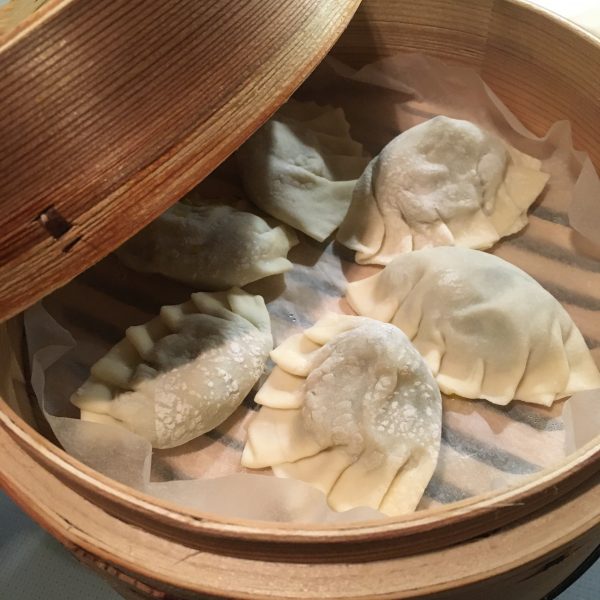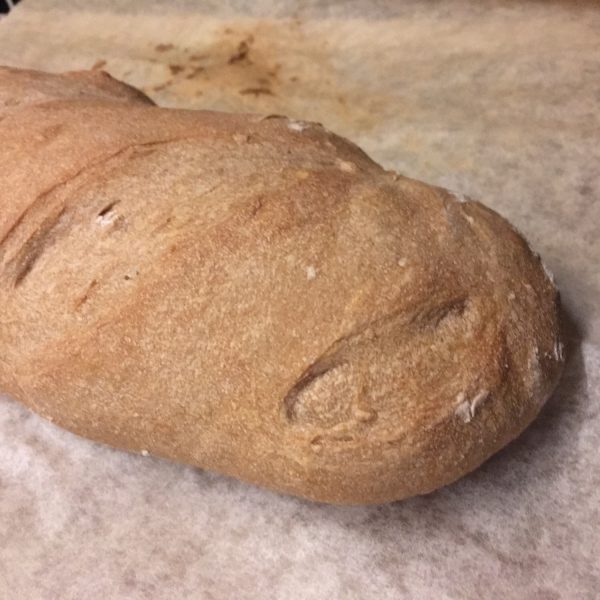While many places in the world now have braced for the virus impact, life in Japan has been pretty good and simple for what concerns me. I can totally live without attraction parks, without stadiums, and for a certain extent without concert halls, jazz bars etc… I barely go shopping as well… So, so far, except for a few days a week of remote work for A. things haven’t changed much for me. Of course, there has been a lot of fuss with foreign students supposed to come to the lab and local students to go abroad, but once I realized the situation was way to dynamic to make plans I just decided to take it easy and try to minimize the impact to the student and our activities, and because this is the spring break I have no teaching for the moment and fewer students in the lab. We’ll see how things turn out in April with the new term… Well, in the meantime many friends in many countries are now fully locked down, and that’s for them that I am making this post today. Among all products they could have at home or needed to pack I recommend flour. I bake a lot so I almost always have 5kg of flour at least at home if not 20 (I buy it on internet in 5kg bags). Flour and water are two ingredients that can make magic when you’re in short supply of everything else and work even better if you have a bit of time!
With these two sole ingredients you can make a dough for vegan pasta, dumpling skin, ravioli skin, biscuits, flat breads, batter for tempura, you can even make sourdough… once you have sourdough you can make bread… If you have a bit of baking powder, add it to water and flour and make pancakes… If it’s olive oil you can make a dough for a quiche or simple crackers… if it’s butter how about baking sablés and cookies… if you have both sourdough and olive oil a focaccia or a fougasse. With an egg even better pasta! Oh! If you have milk with the egg, crepes, add a bit of sugar and you have a clafoutis or a far… and I am sure I am missing quite a lot of things we can do with these simple ingredients… such as boiling potatoes and making gnocchi!
So wear your nicest apron and rush to the kitchen!!! I must admit that I’m a bit envious of those locked down now, as for us life is just business as usual… if I were stuck at home for a few days I would so much enjoy myself with all the things I don’t have time for!!!





